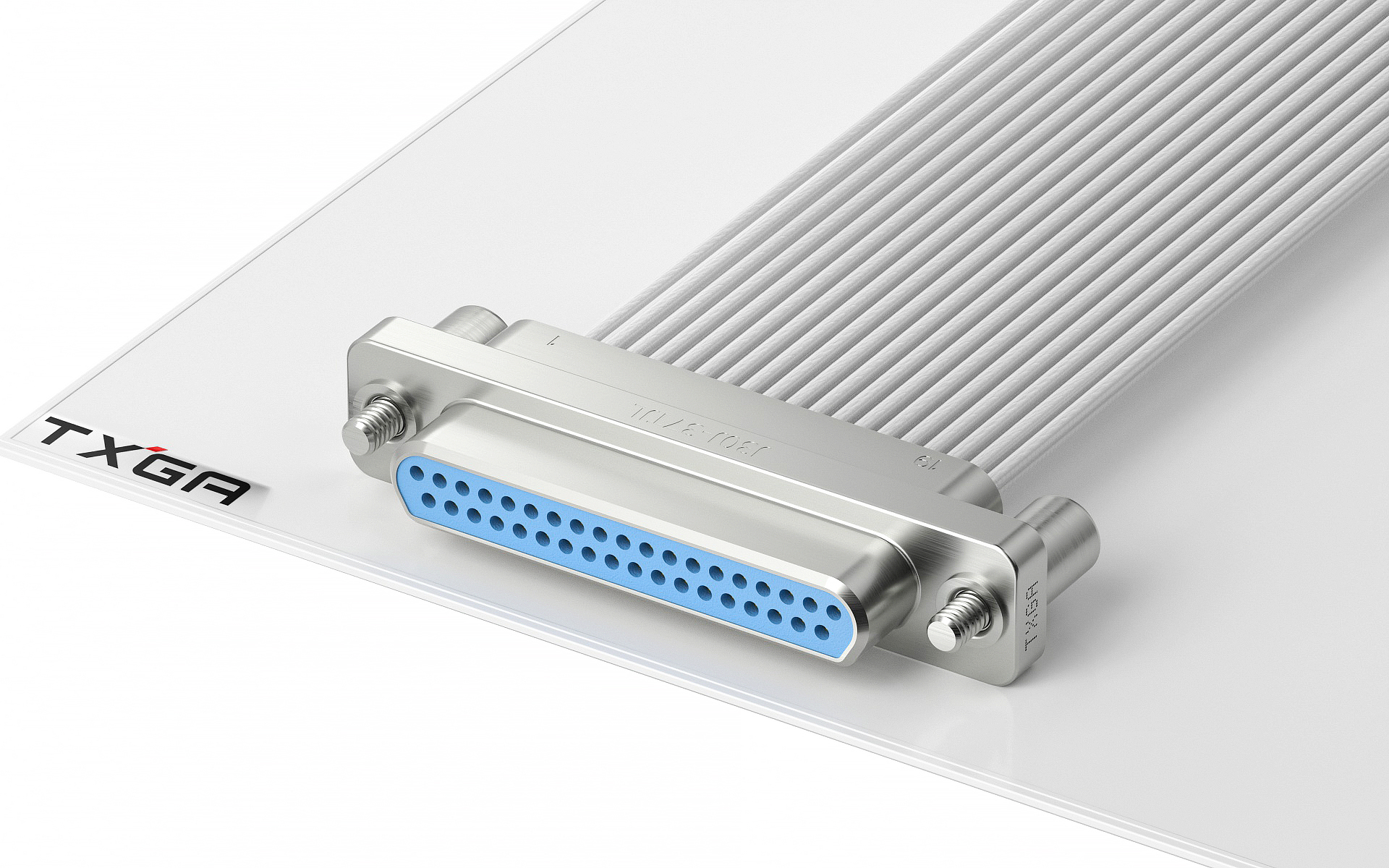Twisted wire pin connector usually refers to the connector that uses twisted wire pin (commonly known as Fried Dough Twists pin) as the contact. The structure of the pin is composed of two layers of copper alloy wires twisted in a spiral direction in reverse. The inner layer is usually 3 pieces, and the outer layer is usually 7 or 9 pieces. The two ends are fused and welded into one body, and the overall appearance is in the shape of a drum with a handle. The bulge near the needle head is hollow, and after the pin is inserted into the rigid socket, it will be subjected to positive pressure, resulting in elastic deformation, causing the bulge to compress along the radial axis and extend axially along the spiral direction, forming multi-point contact with the rigid socket, thus achieving reliable electrical contact.
The unique structural characteristics of twisted wire pins enable them to have good resistance to vibration and impact, while also making it possible for connectors to be ultra miniaturized. Currently, they are mainly used in micro D-shaped connectors.
TXGA has multiple models of micro D-shaped connectors, which are sold directly from the original factory and have a complete range of models. They are purchased online and can be sold from 1pc onwards. Need a micro D-shaped connector, click to enter TXGA [Product Center] to purchase.
